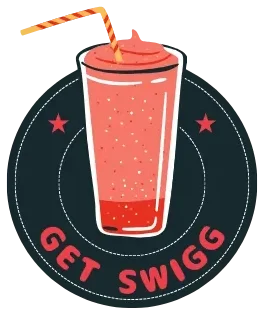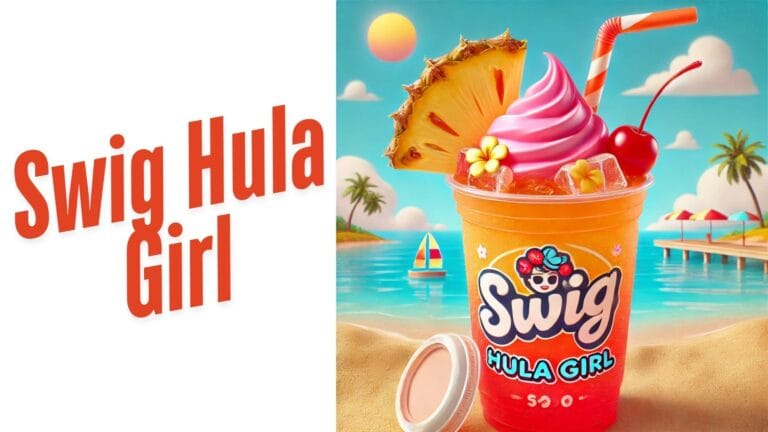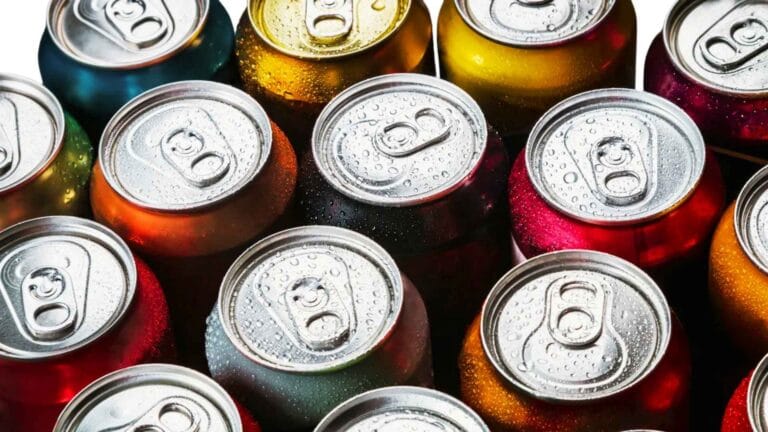Soda Science| Swig Sodas and the Perfect Fizz in 2025

Carbonation is when carbon dioxide gas combines with a liquid when the pressure is high. This is what gives soda its fizz. When you open a soda, the sound you hear is from the gas escaping as the pressure dissipates. The bubbles in a soda can tingle and be refreshing against your tongue, which is yet another reason you may like drinking soda. The science of soda shows what is happening in this fizzy drink and why it is liked by many.
Bubbles in the soda are fun to drink and also make the taste better. The gas inside the bubbles works together with your taste buds, so that the flavors are stronger and exciting. People like the fizzy feel when drinking soda, and it makes the whole experience even better.
Soda Science
Soda, or carbonated water, fizzes from carbon dioxide gas added under pressure. Carbonation is a process that involves creating bubbles, and a refreshing feel people enjoy with sodas. The science behind soda focuses on the fizzy texture that differentiates soda from other drinks.
There are thousands of flavors and kinds of sodas, but they are carbonated the same way. The science of carbonation is simple but gives soda its taste and fizzy feeling that makes it popular.
The carbon dioxide creates a refreshing feeling each time one drinks a sip. This is the reason people love drinking soda.
check out the swig menu to complete information swig menuThe Chemistry Behind Carbonation
Understanding Carbon Dioxide
Carbon dioxide (CO2) is a gas that has no color and no smell. It is found in the air naturally. It comes from things like breathing and fermentation. Carbon dioxide is important for making soda because it makes the bubbles that make the drink fizzy. The science of soda shows how this gas changes a simple liquid into a refreshing drink.
Carbon dioxide is added to soda to give the drink the texture and feel that makes it refreshing. When opened, carbon dioxide dissolves in the liquid and forms bubbles, which move to the top. This process is the most fundamental aspect of carbonated beverages.
The Role of Pressure
Carbonated soda is prepared by dissolving carbon dioxide in water at high pressure. Carbon dioxide dissolves in the water, thus creating a supersaturated solution.
When you open a bottle or can, the pressure goes down, and the carbon dioxide comes out as bubbles. This creates the fizz we know from soda. The science of soda helps us see why pressure is important in this process.
Everything You Need to Know About Swig SizesHow Soda is Carbonated
Traditional Methods
Soda was originally made using natural carbon dioxide from mineral springs. These springs had water that was already carbonated, and people put it in bottles and sold it as soda water. This is how soda was first made.
With time, improvement in carbonation methods made artificial carbonation common. The method used is to add carbon dioxide to water using a pressurized tank. This allowed for mass production of artificial carbonated soda, making it more available.
Modern Carbonation Techniques
Carbonation today is the method whereby carbon dioxide is added to water under special conditions with the aid of machines. This way, companies can accurately regulate the exact amount of carbonation in the drinks. That’s why it’s now possible to talk about soda science, which also guarantees that each bottle or can of soda will contain the same level of fizz.
This gives makers the precision needed to produce drinks of high quality with the perfect amount of bubbles. This technology is what gives people a consistent and enjoyable drinking experience.
Why Soda Bubbles Fizz Factor
Nucleation Sites
In such carbonated beverages like soda, this fizziness appears due to some nucleation sites within the liquid. These nucleation sites constitute very small imperfections or small particles through which carbon dioxide bubbles can easily form. During pouring, the dissolved carbon dioxide thus collects over the sites to eventually create bubbles.
The sites of nucleation occur at diverse locations. They include rough areas found on the inside of a glass or can and tiny impurities in the soda. According to soda science, these sites offer a surface on which the carbon dioxide may collect to create the soda’s bubbles.
Role of Temperature
The temperature has an effect on how fizzy soda is. Cold drinks contain more carbon dioxide than warm drinks. That means that soda contains more bubbles within it when cold because the lower temperature allows more of the bubbles in the drink to remain.
When soda becomes warm, some of its fizz is lost because carbon dioxide escapes easily. In this respect, keeping soda cold means that the fizziness of soda may be maintained and overall drinking enjoyment may increase because more bubbles can remain suspended in the liquid.
Find out more about DIY Swig recipesEffects of Carbonation on Taste and Texture
Perception of Fizziness
It is changing how it tastes and feels. For all those fizzing bubbles added into the carbonation, they tend to add an invigorating effect that allows its flavor to intensify. For most carbonated drinks, some part of releasing its aromatic compound goes into that very scent; thereby making this liquid enjoyable because of the satisfying feel and odor from its drinking.
Mouthfeel and Flavor Enhancement
Carbonation gives drinks that extra special something that many people love. Bubbles in carbonated beverages tingle the tongue and the mouth when consumed, which is very refreshing and makes the experience of drinking a little more fun. This feeling may make the drink taste cooler and more fun.
Additionally, the dissolved carbon dioxide in soda impacts the sense organs to alter taste perceptions. The flavor compounds will respond to carbonation; it would enhance the taste strength and heighten specific flavour notes. All these enhance a flavour intensity that therefore makes the beverage taste so palatable.
Health Implications of Carbonated Drinks
Dental Health Concerns
Carbonated beverages are tasty, fizzy drinks, but they can be terrible for your teeth. The acids in sodas gradually wear away tooth enamel. The enamel is a protective layer around your teeth; when it starts to wear away, it can eventually lead to decay and cavities.
In addition, most soft drinks contain a lot of sugar. Consuming them regularly leads to problems in the teeth. The sugar aids the bacteria in the mouth, which causes the teeth to rot. Thus, keeping your mouth healthy by reducing the intake of soft drinks and practicing other good oral habits will ensure healthy teeth.
Impact on Digestion
Carbonated drinks sometimes give some people digestive irritation. The carbon dioxide gas dissolved in carbonated beverages creates bloating and gas whenever gulped or ingested in large proportions.
To avoid irritation, carbonated drinks should be taken in moderation. Understand how your body responds to the carbonated drinks and take them in moderation.
Discover the ingredients of Raspberry DreamThe Future of Soda Science
Innovations in Carbonation
The more people care for their health, the more innovative the soda industry is in producing fizzy drinks that are less harmful to them. This results in using natural means of carbonation and low-calorie drinks. All these transformations are done for healthier options with no compromise in taste or quality.
The rise of these new methods shows that people want better drink options. By using these new techniques, the soda industry offers more choices for those who want fizzy drinks and healthier lifestyles. Soda science is leading these changes.
Trends in Healthier Alternatives
More people have become aware of the health issues that sugary sodas cause so they demand healthier drink alternatives. Due to this, naturally flavored carbonated waters and sparkling drinks with added vitamins and minerals have risen up as alternatives. The drinks offer the fizzy feel of soda but have fewer calories and sugars.
In summary, science in soda is interesting because its primary understanding lies in the inclusion of what carbonation is all about and how this changes taste and texture. When you know how sodas are carbonated and how this influences flavor and health, you will make better choices about your drinks. Whether you like the classic sodas or the healthier sparkling water, the science of carbonation will keep affecting how we enjoy fizzy drinks in the future.
Conclusion
Soda science focusses on the process of carbonation, which involves adding carbon dioxide to a liquid under pressure. This process creates bubbles, which enhance the taste and feel of the drink, making it more enjoyable to drink.
People now seek healthier beverages, so soda companies create their own version of natural flavors with added vitamins. The result gives consumers the fizziness they associate with their favourite soda brands.






